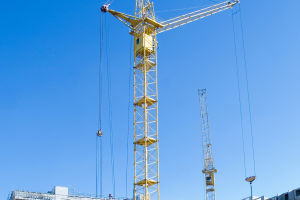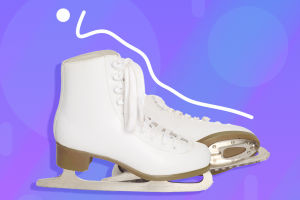The waterwheel is a device that has been used for thousands of years as a water-lifting irrigation tool. It is also known as a crane, and its height can reach over 10 meters. The waterwheel is supported by an axle with a length of 5 meters and a diameter of 0.5 meters.
The tip of each spoke carries a scraper for wiping and a bucket for water. The water flows into the wheel, and the spokes rotate due to the inertia of the water momentum. The buckets, filled with river water, are lifted up step by step.
The shape of the waterwheel is similar to that of a car wheel, with a large diameter of about 20 meters and a small one of more than 10 meters.
The waterwheel can lift the water up to 15-18 meters. In the center of the spokes are the thick axles and the cross plates, which are twice as many as the wooden buckets. The power generated by the flow of water is called hydraulic power.
The turbine is another old-fashioned mechanical device powered by water flow. The speed of the turbine is related to the water flow and the difference in the water. The greater the difference in water, the faster the speed of the waterwheel, and the more flow of water, the faster the waterwheel will run.
To make a satisfactory waterwheel, one needs to make a big wheel and install bamboo cylinders on the runner. The mouth of the cylinder should face the direction of the runner (the downstream direction of the water flow), at an angle of about 45 degrees with the axis of the cylinder.
The runner should be immersed in the water to a depth of about 0.8 to 1.0 meters. A water trough should be installed at a position about 1.0 meters behind the axis of the drum car, with a height lower than the top of the drum car.
There is also an upgraded version of the waterwheel called the keel waterwheel. A relatively large geared shaft is installed at one end of the shaft, and pedals that can be stepped on are installed at both ends of the shaft.
A smaller gear shaft is installed on the other end of the wood slot. A wooden chain (the so-called keel) is installed between the two gear shafts, and a string plate is fastened to the wooden chain.
The waterwheel is an ancient irrigation tool that is still used today. It is an excellent example of the use of hydraulic power to lift water. The waterwheel has a simple design, and it is relatively easy to build a simple one.
The speed of the waterwheel is related to the water flow and the difference in the water. One can use this knowledge to build a satisfactory waterwheel for irrigation purposes. The keel waterwheel is an upgraded version of the waterwheel, which is more efficient and easier to operate.


